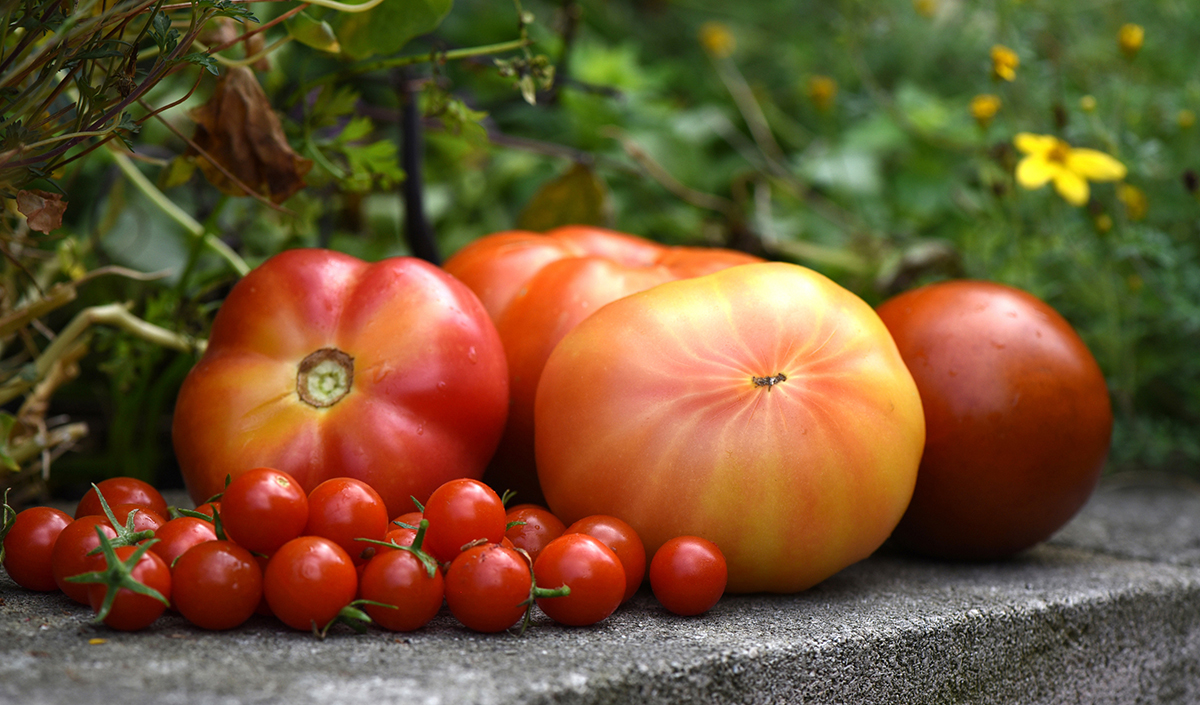
Gardening Green with Doug
A 100-Year-Old Retired Plant Pathologist’s “Last Tomato”
By Doug Oster
February 13, 2024
West Virginia University’s Dr. Mannon Gallegly, who turns 101 in April, sits down with Doug Oster to discuss his discoveries and success in his longstanding career
In a small office on the campus of West Virginia University, Dr. Mannon Gallegly sits down behind a laptop for a Zoom call. The retired plant pathologist and professor emeritus, who turns 101 in April, recounts his storied history as a plant breeder, and describes his latest and final disease resistant tomato creation.
After graduating from the University of Arkansas, he worked in the plant pathology greenhouse there to earn a little money, but discovered his lifetime calling. He was off to Wisconsin where he earned a PhD in plant pathology, then came to WVU in 1949. Gallegly worked here ever since, eventually breeding four groundbreaking, disease resistant tomato varieties.
It was a surprise when he answered the first question about gardening. “Well, I don't have a garden at home,” he says. “I have a garden at the horticulture farm, called the organic farm and I grow tomatoes out there organically.” His first introduction came to be in 1963, that year tomato crops were under siege from a fatal disease. “Late blight of tomato and potato was a very serious disease, Gallegly related, and lots of rain and weather that favored late blight.”
He discovered resistance to the disease and incorporated into his first variety aptly named “West Virginia ’63” and also referred to as the “People’s Tomato,” due to its disease resistance and great flavor. He began on that tomato in 1950, and much of the breeding was done in an unlikely place. “I did most of that work at the medium security prison farm in Huttonsville,” he says. “I had them out in the field. I had a lot of labor down there too,” he added with a chuckle. Breeding took a back seat to his pathology work until he retired and then began working again creating disease-resistant varieties of tomatoes.
“Nobody pays me anything,” he says with smile. “I just do it for fun, I enjoy it; it’s sort of a hobby in a way.” His next tomato project began with a variety released by Cornell University named ‘Iron Lady,’ which claimed to be resistant to Septoria leaf spot. It’s a common disease which manifests itself in the mid-summer turning foliage on the bottom of the plant yellow with brown spots, which progressively move upwards, defoliating the plant. Just about anyone who grows tomatoes has dealt with the problem, to many gardeners’ chagrin.
He crossed “Iron Lady’ with ‘West Virginia ’63’ and found two selections which showed good resistance to septoria leaf spot. ‘Mountaineer Pride’ (‘17A) and ‘Mountaineer Delight’ (‘17B) were those varieties released in 2017. Gallegly says ‘Delight’ is a little sweeter than ‘Pride.’ “I made those two selections and they did show some resistance to Septoria, says Gallegly, but it in my mind it was not good enough, so I started looking for a higher type resistance which I found in this wild tomato.”
By crossing ‘West Virginia ‘63’ with the wild tomato (Solanum habrochaites), he came up with a tomato he originally referred to as West Virgina ’23, then ‘Mountaineer Majesty,’ but Gallegly asked Davis College Dean Darrell Donahue to give the tomato its official name.
“Mannon gave me the honor of naming this new variety, which I did not take lightly,” Donahue said in a WVU press release. “He named his previous tomatoes in honor of West Virginia, so it’s only right that we, and the state, honor him for all that he’s given us. Mannon shies away from the spotlight, but I thought it was best to name the West Virginia ’23 after him.”
This is also his last tomato introduction. “Well, I'm 100 and almost 101. I'll be 101 in April and I don't think physically I'm going to be able to do much more,” says Gallegly. “I'm walking with a cane right now and figure that my working days are somewhat limited.”
The breakthrough in disease resistance to Septoria leaf spot is something gardeners will revel in for years, but there’s also something as important when considering growing a tomato. “The ‘Mannon’s Majesty’ tastes like ‘West Virginia ’63,” Gallegly says proudly. “It’s got a good taste to it.”
Along those lines he adds what he hopes that gardeners get out of his tomatoes. “Good table tomatoes,” he says laughing. “That stay until frost.”
The WVU greenhouse has run out of free seeds for ‘Mannon’s Majesty,’ but they will be available next season. ‘West Virginia ’63,’ ‘Mountaineer Pride’ (‘17a) and ‘Mountaineer Delight’ (‘17B) are all available from the greenhouse and for sale at the Southern Exposure Seed Exchange.
Doug’s Tomato Seed Growing Primer
Why bother starting seeds indoors? It’s about variety, saving money, satisfaction, and sharing.
The only way to enjoy Mannon Gallegly’s tomatoes is to start them yourself. Growing from seed is cheaper, as a pack of seeds might be $4 or $5 or less.
There’s a certain pride in growing your own seeds, seeing something go from that little dry seed to fruition feels good. Just about every seed grower has extra plants and it’s fun to share unique varieties with friends. Starting from seed is pretty easy. The biggest mistake for beginners is not having a good light source. Seedlings need something bright like LED lighting. There are a variety of different types available at garden centers and nurseries. To get started, get some planting mix, flats and containers with drainage. In my operation, I save the six packs from last year’s flowers. The containers are filled with a pre-moistened mix. The perfect texture holds together when squeezed, but doesn’t drip. The seeds are sprinkled on to the mix, then a little more of the mix is laid on top and pressed in to assure good contact between seed and soil. Then, cover the entire container with clear plastic and keep in a warm spot until germination begins. The plastic is removed and in a couple weeks. Start liquid fertilization at half strength, then two weeks later use the full concentration as prescribed on the label. From day one, the seedlings should be under bright light for at least 16 hours, the light source should be as close as possible to the plants. Tomatoes are started indoors in March or April. My main crop is sowed on April 1st. You don’t want the plants to get too big, too soon. I’ll cover planting tips when the time is right and discuss ways to get the first tomato in the neighborhood. There are literally thousands of different tomato varieties, that’s what makes this so much fun. Remember to start early, mid-season and late producing varieties to extend the harvest. We all know there’s nothing better than a homegrown tomato, it’s especially tasty though, when the gardener has raised it from seed.
Free tomato seed from Doug
I have limited quantity of free rare heirloom tomato seeds, which were sent to me by my friends at Tomatofest.com. You can see the full list and information on getting the seeds at dougoster.com.
Doug’s Free Online Garden Classes
I teach free interactive online garden classes every Thursday at 5 p.m. for Farm To Table Buy Fresh Buy Local. The classes are also recorded and can be watched for free later. We have a lot of fun as I talk to students throughout the class, answering questions and listening to ideas too. Register here.
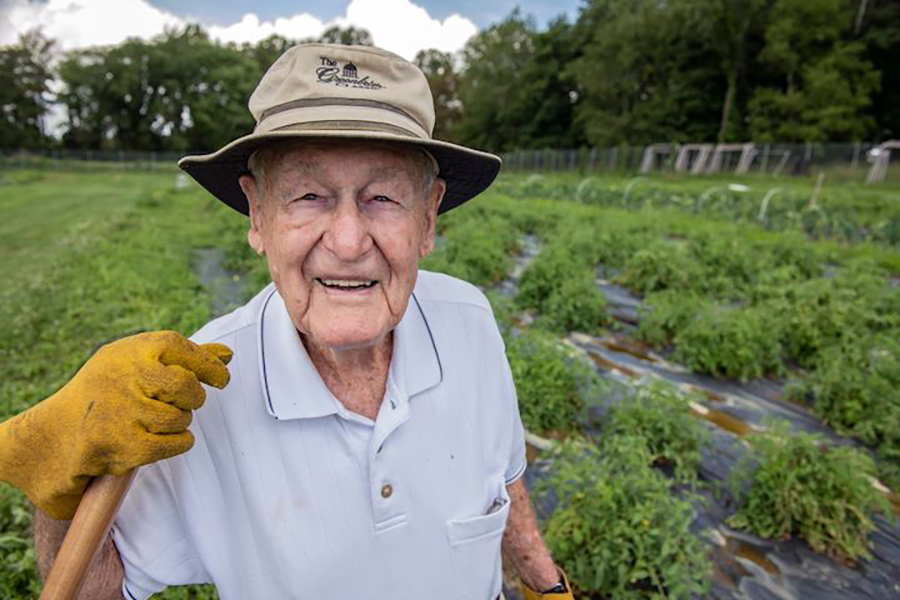
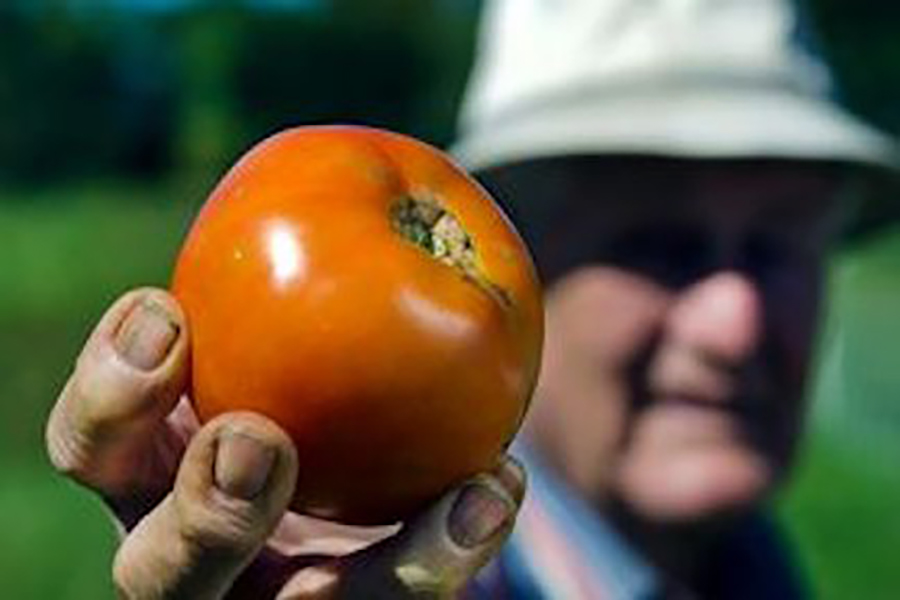
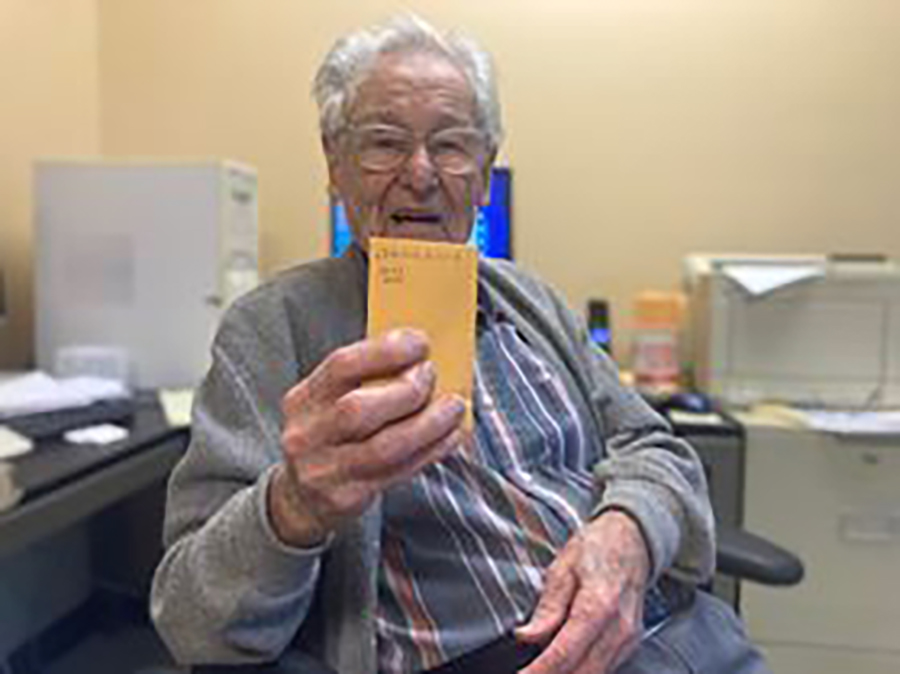
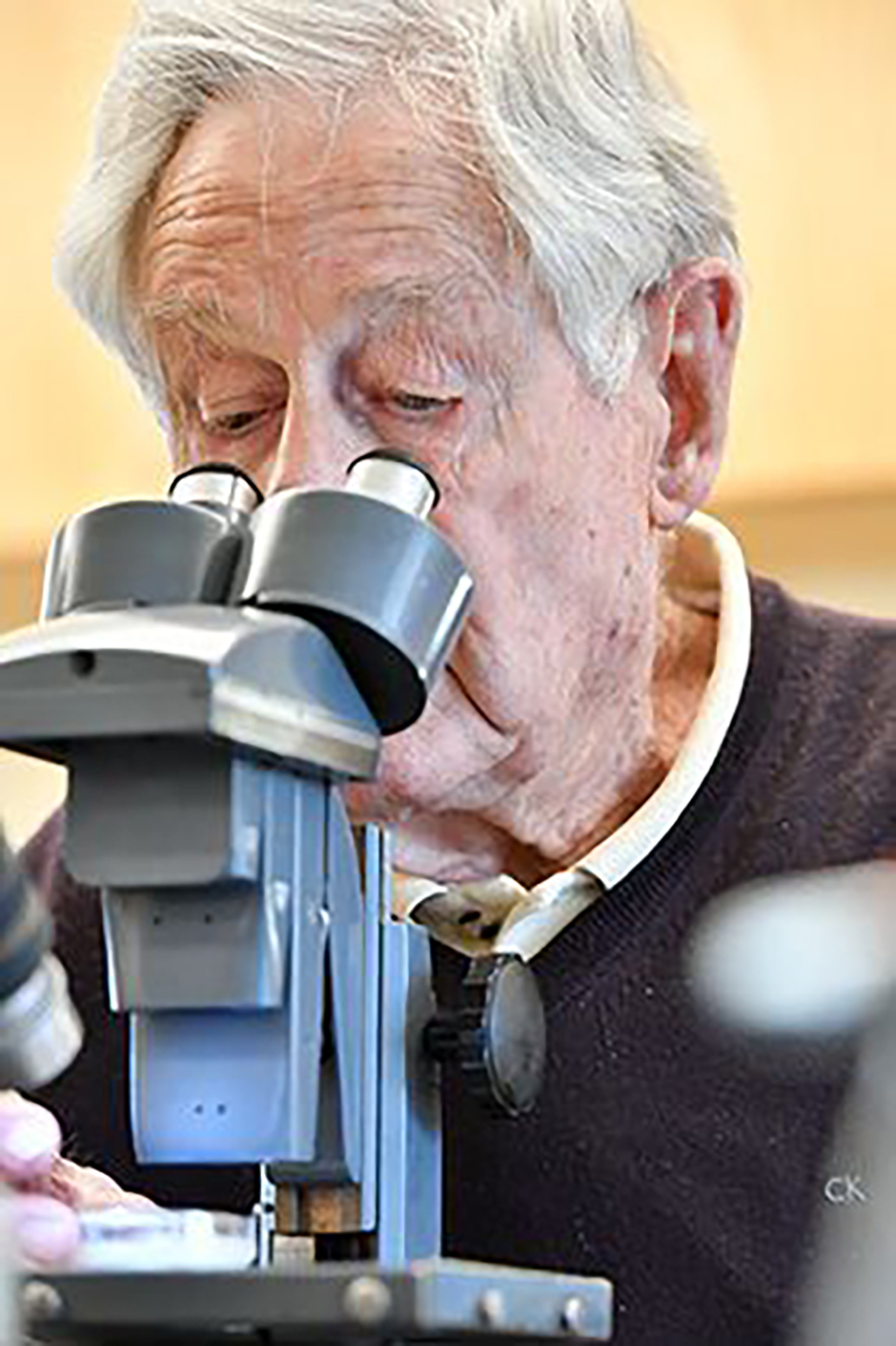
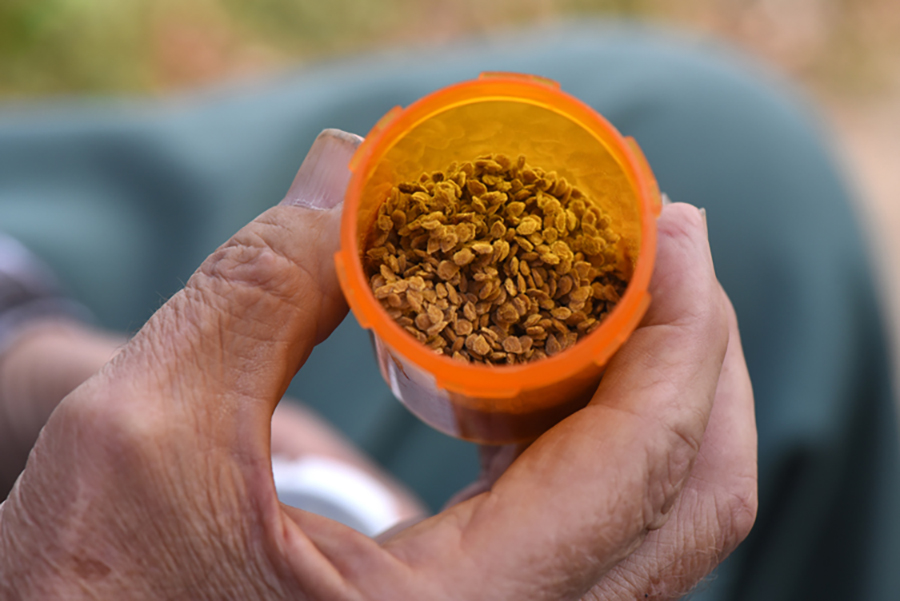
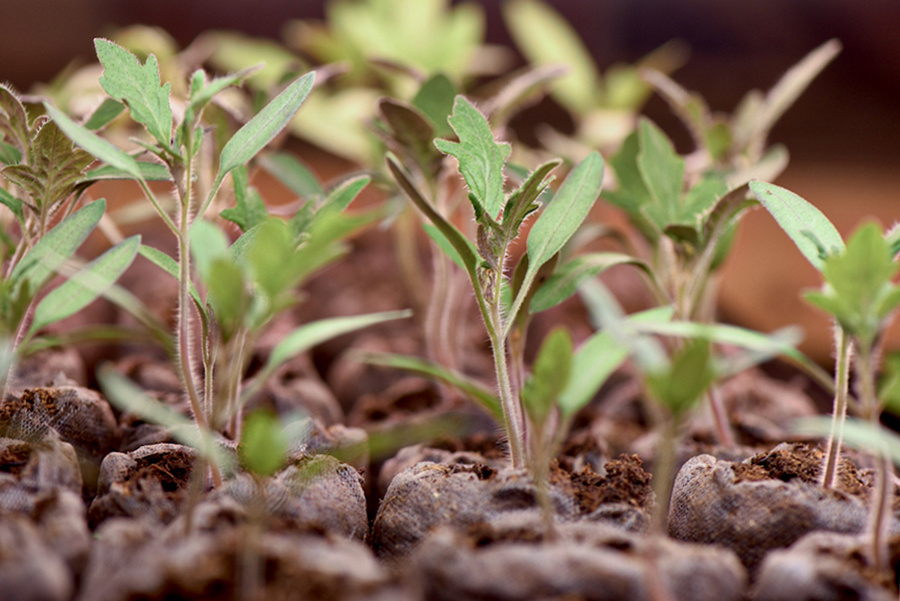

Leave A Comment